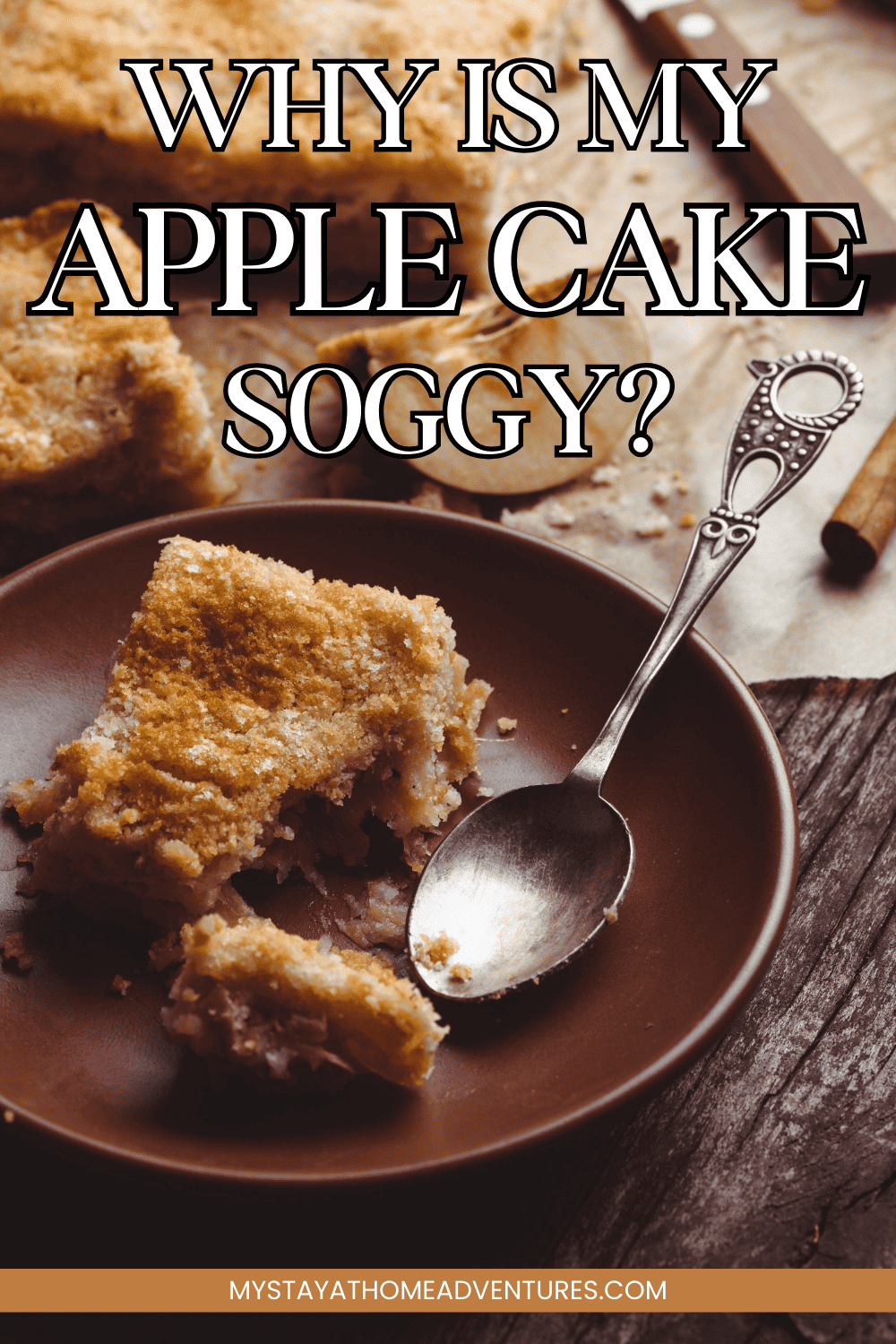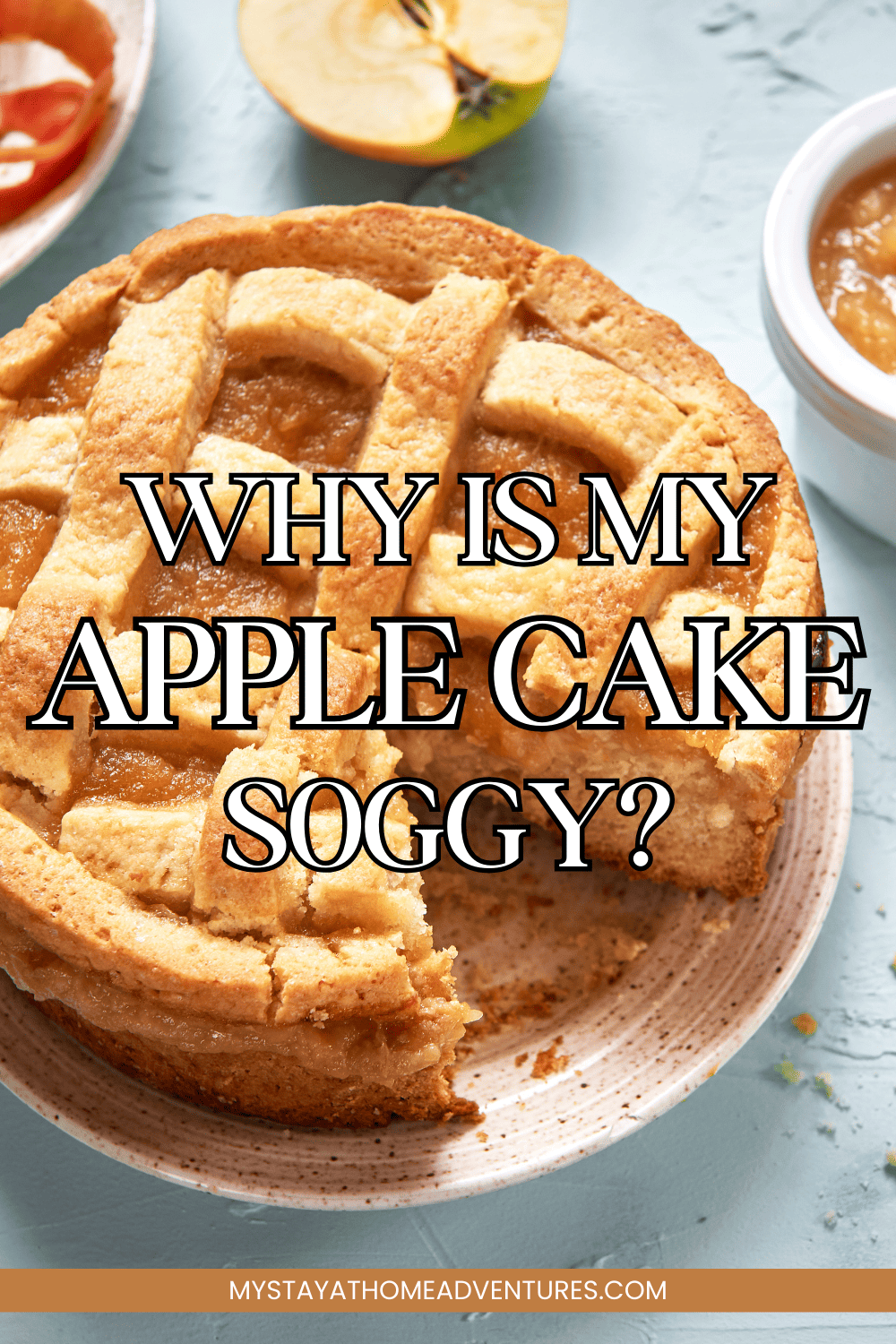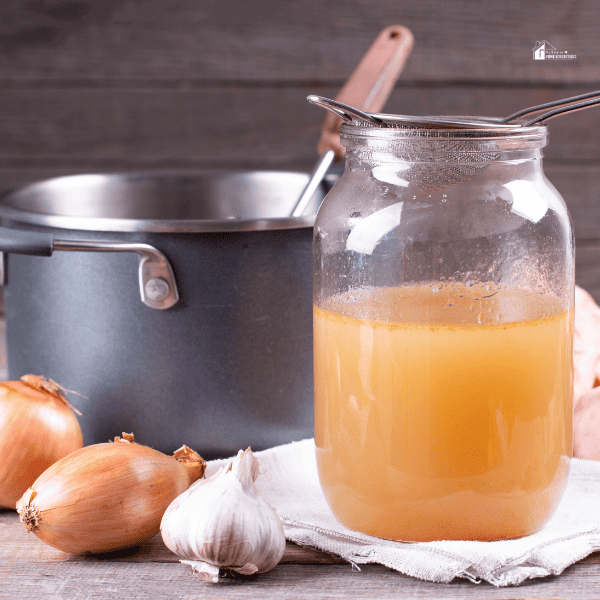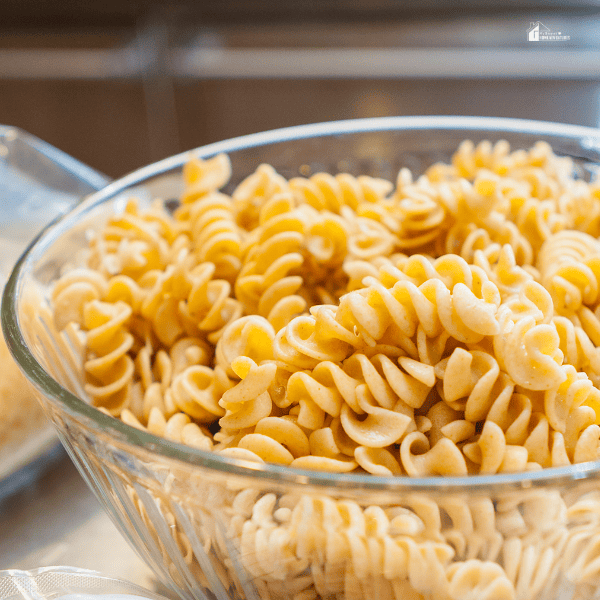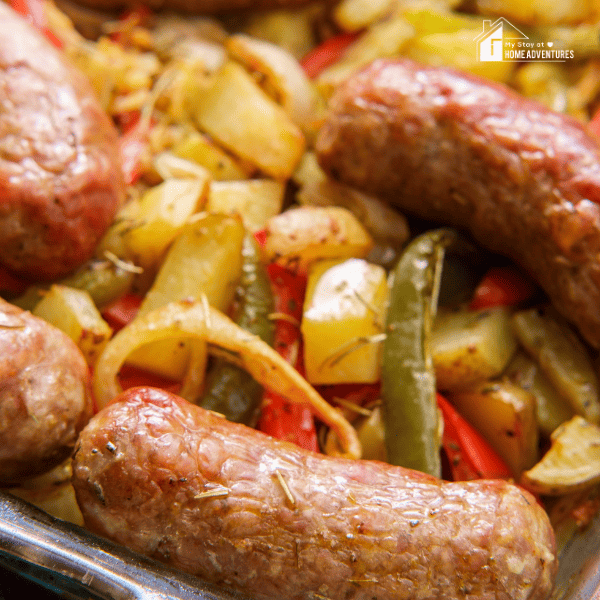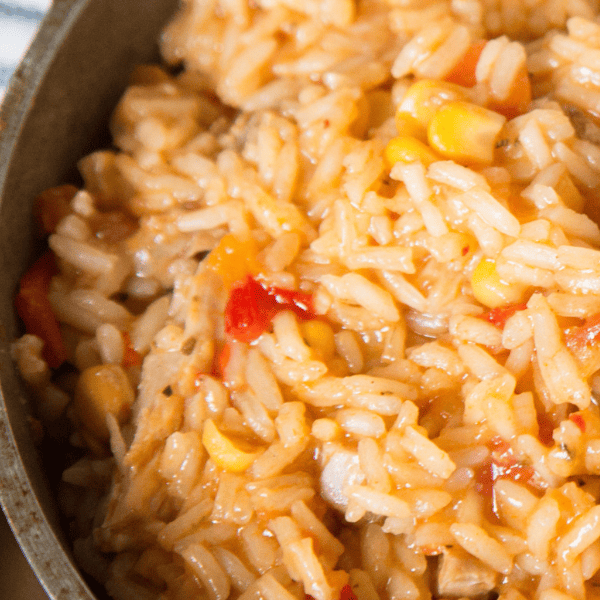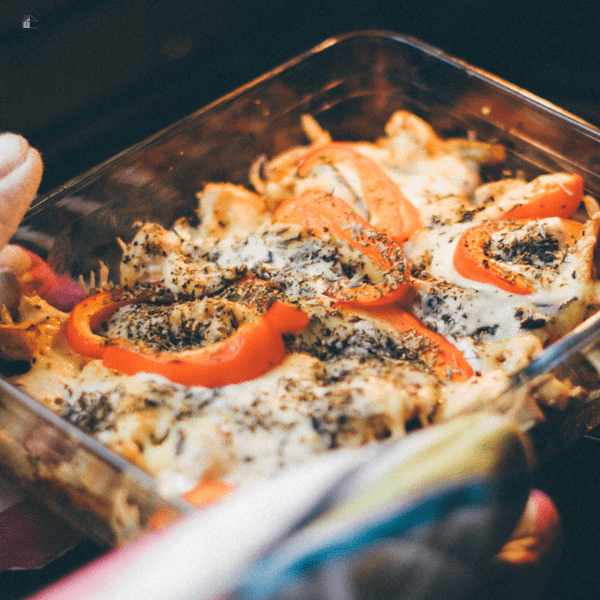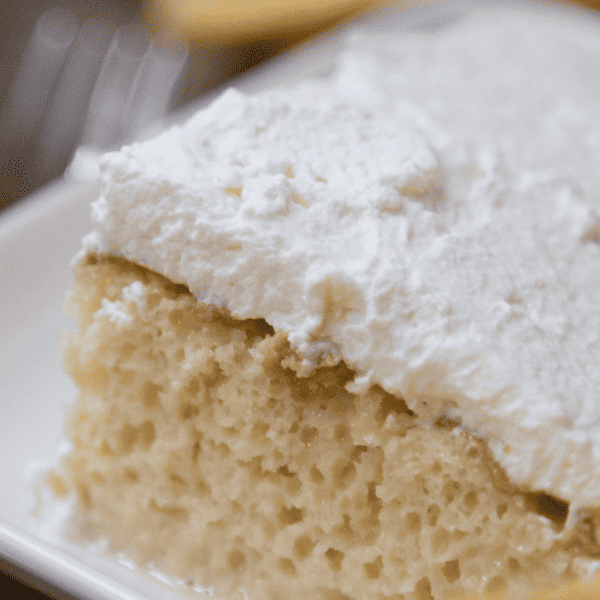Why Is My Apple Cake Soggy?
This post may contain affiliate links which might earn us money. Please read my Disclosure and Privacy policies hereIn the world of baking, creating the perfect apple cake can sometimes feel like a culinary enigma. We've all been there, asking ourselves, “Why is my apple cake soggy?” You follow the recipe to a tee, yet the end result leaves much to be desired.
Your cake can become overly moist if the apples used are too juicy and not prepared properly. To avoid this, peel, core, and finely chop or grate the apples. Overmixing the batter can also lead to a soggy texture by creating too much gluten, resulting in a dense cake.
Mix the batter only until the dry ingredients are incorporated without over-stirring to prevent this. By taking these steps, your apple cake will have the ideal balance, neither too wet nor too dense.
Whether you're a novice baker or a seasoned pro, understanding the science and art behind apple cake perfection can make all the difference in achieving that moist, flavorful crumb you've been dreaming of. Let's peel back the layers of this dessert dilemma and discover what causes that undesirable texture in your beloved apple cake creations. Get ready to turn your baking game around and enjoy a slice of perfectly moist, apple-packed goodness!
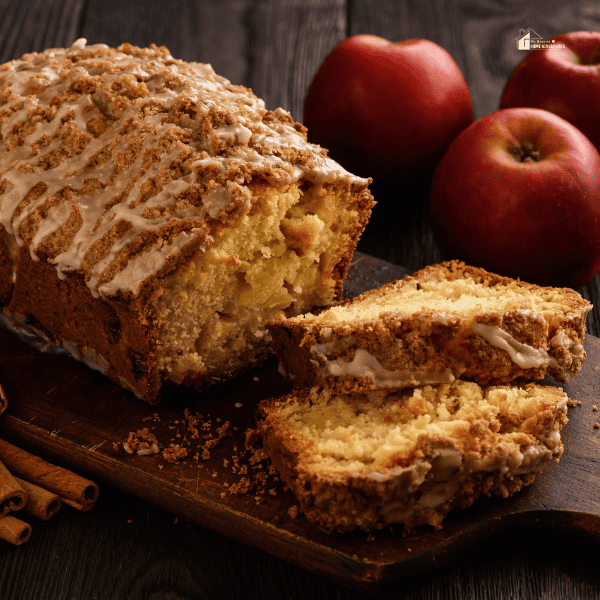
Why is my apple cake too moist?
An overly moist apple cake can occur due to high-moisture varieties, inadequate apple preparation, overmixing of the batter, underbaking, or excessive liquid in the recipe. Choose baking-friendly apple varieties, properly prep them, mix the batter gently, and ensure you follow the recommended baking times and temperatures to avoid excessive moisture in your apple cake.
Let's discover more about the reasons behind an overly moist apple cake:
Apple Moisture Content
The primary cause of an excessively moist apple cake is the moisture content of the apples you use. Apples are naturally juicy, and some varieties have a higher moisture content than others. If you choose apples with a high water content, they can release excess moisture during baking, making the cake soggy.
To prevent this, select apple varieties known for their baking qualities, such as Granny Smith or Honeycrisp, as they tend to hold their shape and moisture better.
Apple Preparation
How you prepare the apples before incorporating them into the cake batter is crucial. Ensure that you peel, core, and finely dice or grate the apples. Some recipes recommend tossing the apples with some sugar and allowing them to sit for a while to release excess moisture before adding them to the batter. This step helps reduce the overall moisture added to the cake.
Overmixing
Overmixing the cake batter can lead to the development of excess gluten, resulting in a dense and overly moist texture. Mix the batter only until the dry ingredients are incorporated, and avoid over-stirring to prevent this issue.
Baking Time and Temperature
The baking time and temperature specified in the recipe are critical. If you underbake the cake, the center may remain too moist. Conversely, overbaking can lead to a dry exterior while the center remains overly moist.
To determine doneness, insert a toothpick into the center of the cake; it should come out with a few moist crumbs but not wet batter. Follow your recipe's recommended baking time and temperature for the best results.
Too Much Liquid
Be cautious when adding additional liquids to the batter, such as milk or apple juice. Adding too much liquid can make the batter excessively moist. Follow the recipe's measurements precisely to avoid this issue.
Pan Size
Using the wrong pan size can affect the cake's moisture level. If the pan is too small, it may not allow the cake to bake evenly, resulting in a dense and moist center. Conversely, using a pan that's too large can cause the cake to spread thin and cook too quickly, leading to an overly moist texture.
By addressing these factors and paying attention to apple selection and preparation, mixing technique, baking time, and pan size, you can troubleshoot and resolve the issue of an overly moist apple cake, ensuring a delicious and properly textured dessert.
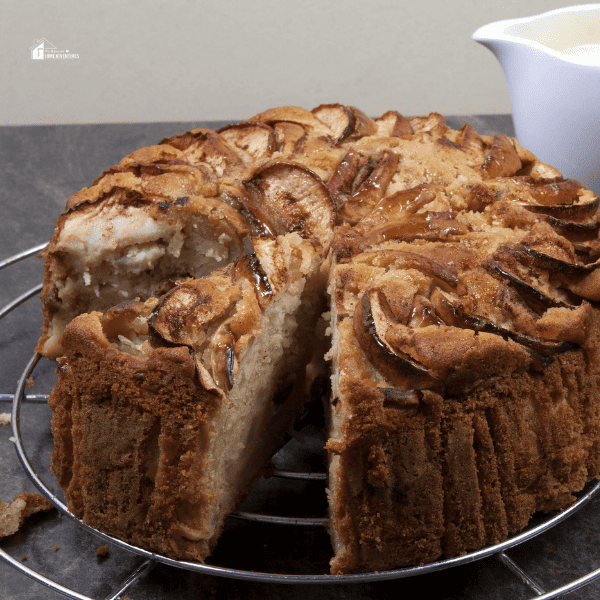
Why is my apple cake doughy?
A doughy apple cake can be caused by underbaking, so make sure to follow the recipe's baking time. It may also result from excess moisture in the apples; be sure to peel, core, and chop them finely. Overmixing the batter can lead to a dense texture, so mix just until the dry ingredients are incorporated. Using the right pan size and adhering to the recipe instructions will also help you avoid a doughy outcome.
If your apple cake is consistently coming out with a doughy texture rather than the desired moist and fluffy result, let's explore the key factors that might be causing this problem:
Underbaking
One of the most common reasons for a doughy cake is underbaking. If the cake hasn't had enough time in the oven, the center may not have fully cooked, resulting in a doughy texture. To avoid this, make sure to follow the recommended baking time in your recipe and check for doneness by inserting a toothpick into the center; it should come out clean or with a few moist crumbs.
Too Much Moisture from Apples
Apples naturally contain a lot of moisture, and if they aren't prepared correctly before adding them to the batter, this excess moisture can make the cake doughy. Be sure to peel, core, and finely chop or grate the apples. You can also allow them to sit for a while after tossing with sugar to release some of their moisture.
Overmixing the Batter
Overmixing the cake batter can lead to excessive gluten development, resulting in a dense and doughy texture. Mix the batter only until the dry ingredients are incorporated, and avoid over-stirring to maintain a light, airy crumb.
Incorrect Pan Size
Using the wrong pan size can also cause the cake to be doughy. If the pan is too small, it may not allow the cake to bake evenly, leaving the center undercooked. Conversely, using a pan that's too large can cause the cake to spread thinly, leading to uneven baking and a doughy outcome.
Recipe Variations
Sometimes, different recipes produce varying textures. Review your recipe to ensure you are following it correctly and that there are no unusual variations that might be causing the doughy result.
By considering these factors and giving careful thought to apple choice and preparation, mixing method, baking duration, and pan size, you can effectively diagnose and resolve the problem of an excessively doughy apple cake, guaranteeing a delightful dessert with the right consistency and flavor.
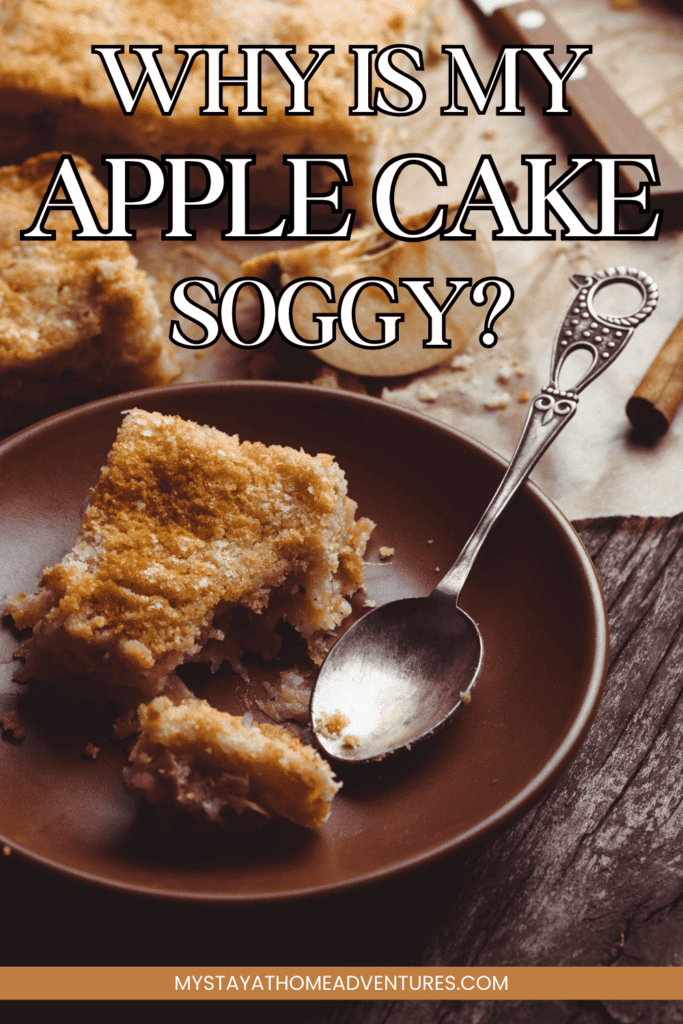
One Bowl Apple Cake
Try our apple cake recipe below:
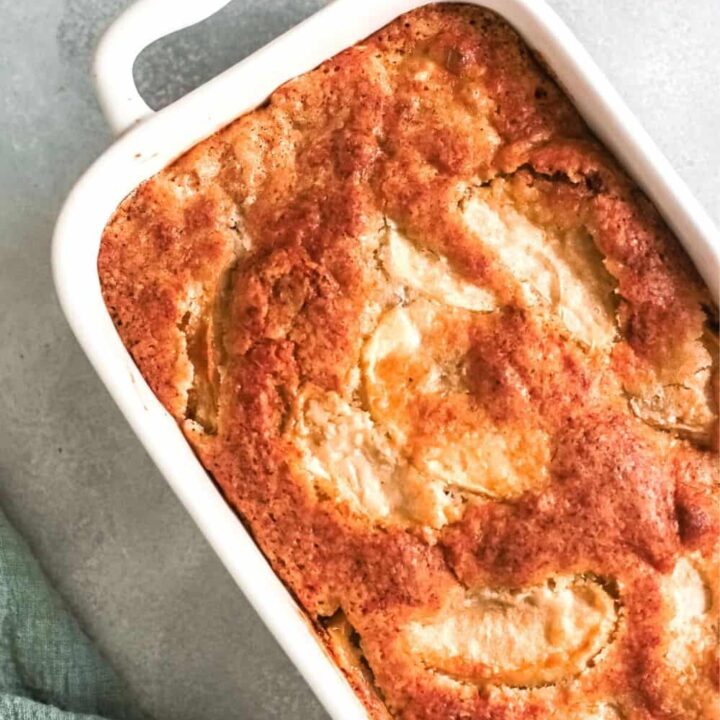
One Bowl Apple Cake Recipe
Easy to make one bowl apple cake made with pantry ingredients you already have and fresh apples.
Ingredients
- 2 eggs
- 1 3/4 cups sugar
- 2 heaping teaspoons cinnamon
- 1/2 cup oil
- 6 medium Gala or Fuji or Honey Crisp apples
- 2 cups flour
- 2 teaspoons baking powder
Instructions
- Preheat the oven to 350F.
- Mix the eggs, sugar, cinnamon, and oil in a large bowl.
- Peel and slice the apples and add to the mixture in the bowl.
- Mix the baking powder and flour and add the ingredients to the bowl.
- Mix until all of the flour is absorbed by the wet ingredients.
- Pour mixture into a greased one 9x13 or two 9-inch round pans.
- Bake for approximately 55 minutes.
Notes
Recommended Products
As an Amazon Associate and member of other affiliate programs, I earn from qualifying purchases.
Nutrition Information:
Yield: 12 Serving Size: 1Amount Per Serving: Calories: 352Total Fat: 10gSaturated Fat: 1gTrans Fat: 0gUnsaturated Fat: 9gCholesterol: 31mgSodium: 95mgCarbohydrates: 62gNet Carbohydrates: 0gFiber: 3gSugar: 42gSugar Alcohols: 0gProtein: 4g
This data was provided and calculated by Nutritionix. Seek professional nutritionist for assistant on nutrition.

